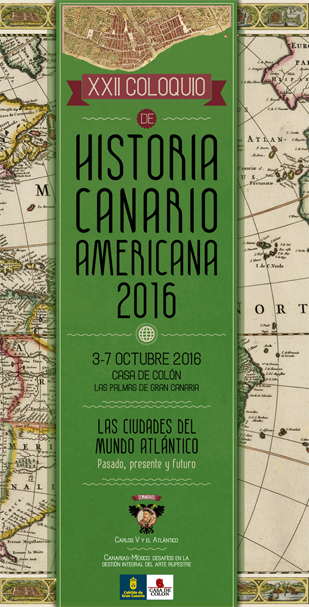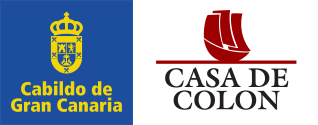Formas, signos y porrones: la cerámica del azúcar en Gran Canaria, siglos XVI y XVII / Forms, signs and jars: sugar pottery in Gran Canaria, 16th and 17th centuries
Palabras clave:
cerámica de importación, cerámica del azúcar, formas, sinos, porrones, ingenios azucareros, siglos XVI y XVII, Islas Canarias y Gran Canaria, imported pottery, sugar pottery, forms, signs, jars, sugar mills, 16th and 17th century Canary IslandsResumen
El presente trabajo pretende aportar algunos datos sobre el conocimiento que, actualmente, se posee de la denominada “cerámica del azúcar” documentada en la isla de Gran Canaria. Este tipo de alfarería de importación (sobre todo procedente de Portugal) está conformado por tres tipos de piezas: las llamadas formas, hormas, conos o moldes de pan de azúcar, los sinos o signos y los porrones. Para ello se analizarán las referencias y citas que sobre esta cerámica se ha podido localizar en la documentación histórica del Archipiélago Canario alusiva a los siglos XVI y XVII. Asimismo, como ejemplo de este tipo de cerámica se procederá a un estudio de algunos fragmentos localizados en los lugares en los que se establecerían los ingenios azucareros que se ubican en El Ingenio (La Goleta, Arucas) y en La Trinidad (Barranco de Azuaje, Firgas), éste último relacionado con la familia del Adelantado Alonso Fernández de Lugo.
This paper provides some data on the knowledge that currently exist about the “sugar pottery” documented in the Canary Islands. This kind of import pottery (especially from Portugal) consists mainly of three types of pieces: the so-called forms, or boot-tree, cones or molds of sugar bread, the fates or signs and jars. To this end references and quotations about this pottery have been located in the historical documentation of the Canary Islands of the 16th and 17th century. Also, as an example of this type of pottery a study will be carried out of fragments founded in the archaeological sites, associated with the places where the sugar mills are located, in El Ingenio (La Goleta, Arucas) as well as in La Trinidad (Barranco de Azuaje, Firgas) the last one related to the family of the advanced Alonso Fernández de Lugo.




